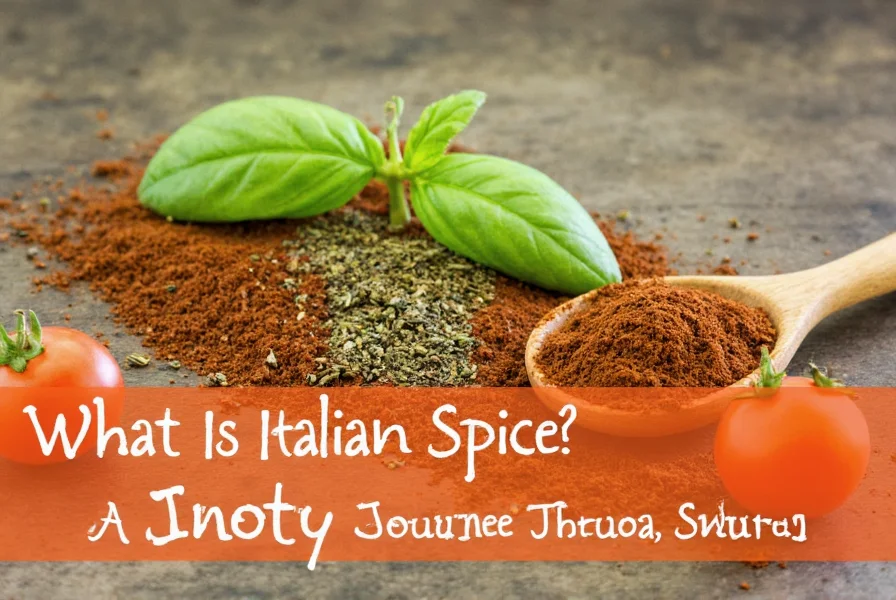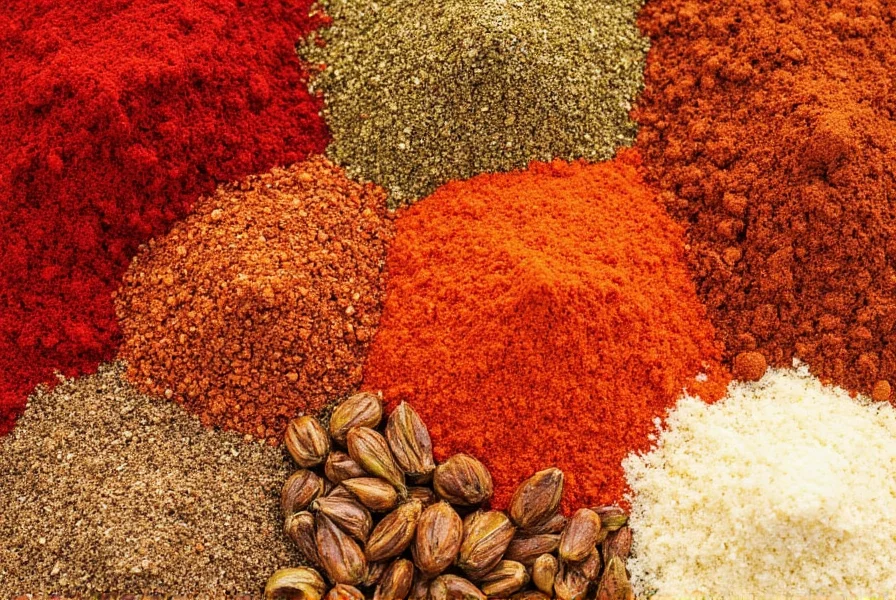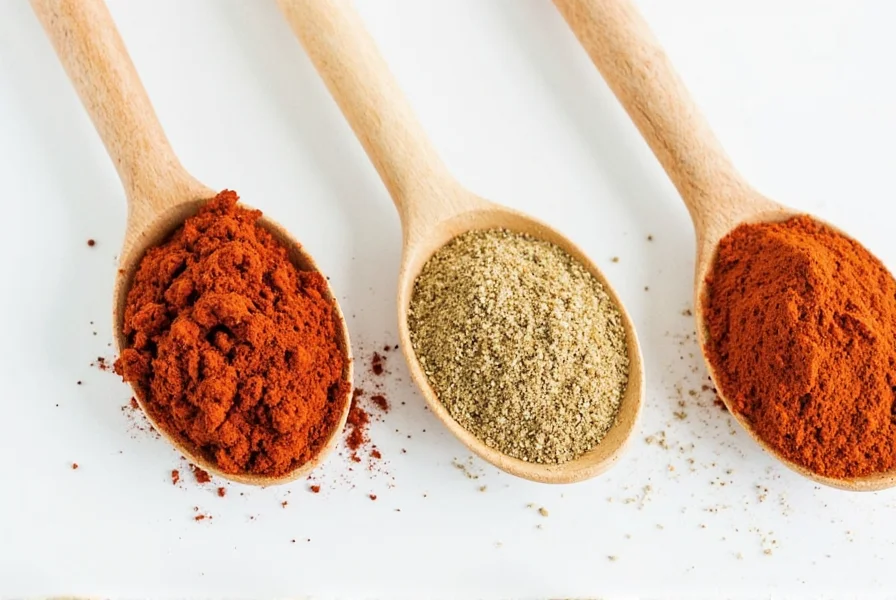You don't need to book a flight to southern France to enjoy the rustic charm and culinary magic of Spice de Provence. With just a few key ingredients and simple steps, you can create an authentic homemade blend that elevates everyday cooking. This guide includes exact measurements, usage tips, and expert advice for perfect French flavor in your kitchen.
Table of Contents
- Step-by-Step Recipe
- 7 Essential Ingredients & Ratios
- How to Use Your Blend
- Buying Guide
- Frequently Asked Questions
Step-by-Step Recipe
Making authentic Spice de Provence at home is simple. Follow these exact measurements for a balanced 1/2 cup blend:
- Combine 2 tablespoons dried thyme, 1 tablespoon dried rosemary, and 1 tablespoon dried oregano
- Add 1 tablespoon dried marjoram, 1 tablespoon dried savory, and 1 tablespoon dried basil
- Stir in 1 teaspoon dried culinary lavender (optional for floral notes)
- Transfer to an airtight container and store away from light and heat
| Herb | Amount | Flavor Profile | Best For | Pro Tip |
|---|---|---|---|---|
| Thyme | 2 tbsp | Earthy, minty | Roasts, soups, stews | Use whole sprigs for infusing broths |
| Rosemary | 1 tbsp | Piney, strong | Meat, potatoes, bread | Chop finely to avoid overpowering |
| Oregano | 1 tbsp | Robust, spicy | Tomato sauces, grilled veggies | Add early to build depth |
| Marjoram | 1 tbsp | Mild, floral | Dressings, fish, poultry | Add toward end for best flavor |
| Savory | 1 tbsp | Peppery, herbal | Beans, lentils, sausage | Great substitute for thyme |
| Basil | 1 tbsp | Fresh, sweet | Pesto, pastas, caprese | Use fresh or add last when cooking |
| Lavender | 1 tsp | Floral, perfumed | Infused oils, desserts, rubs | Use sparingly—less is more |

How to Use Your Blend
Maximize your homemade Spice de Provence with these practical applications:
- Rubs: Mix 1 tablespoon blend with 2 tablespoons olive oil and salt for grilled chicken or vegetables
- Infused Oil: Combine 2 tablespoons blend with 1 cup olive oil. Let steep for 7 days before straining
- Finishing Salt: Blend with coarse sea salt (3:1 ratio) for gourmet table seasoning
- Pasta & Pizza: Sprinkle 1 teaspoon over tomato-based dishes before baking
- Bean Dishes: Add 1 teaspoon to lentil soups or white bean stews during cooking
Buying Guide: How to Choose Quality Ingredients
For the best homemade blend, prioritize freshness and quality:
1. Freshness Check
Look for vibrant colors and strong aromas. Avoid blends older than 6 months. Check packaging dates or buy from retailers with high turnover.
2. Whole vs. Ground
Whole leaves retain flavor longer. For best results, grind herbs yourself just before mixing using a mortar and pestle.
3. Organic Preference
Organic herbs reduce pesticide exposure and often have more robust flavors. Prioritize certified organic options when possible.
| Product Name | Features | Pros | Cons | Best For |
|---|---|---|---|---|
| Williams Sonoma Spice de Provence | Premixed, high-quality, includes lavender | Convenient, beautifully balanced | A bit pricey | Gourmet home cooks, gifting |
| Spice Islands Classic Provence Blend | Economical, widely available | Great value, consistent flavor | Lacks lavender, mild | Everyday cooking |
| Simply Organic Provence Herbs | Organic, no fillers, eco-friendly packaging | Clean ingredient list, sustainable | Less floral than traditional blends | Health-conscious cooks |

Frequently Asked Questions
What's the difference between Spice de Provence and Herbes de Provence?
"Herbes de Provence" is the traditional French term for dried herb blends from the region. "Spice de Provence" is a modern variation that often includes lavender. Both share core herbs like thyme, rosemary, and oregano, but lavender is the key differentiator.
Can I substitute fresh herbs for dried in Spice de Provence?
Yes, but adjust measurements: use 3x the amount of fresh herbs compared to dried. For example, if a recipe calls for 1 tsp dried thyme, use 3 tsp fresh. Add fresh herbs near the end of cooking to preserve flavor.
How long does homemade Spice de Provence last?
Stored in an airtight container away from light and heat, your blend will maintain peak flavor for 6-12 months. After 6 months, the lavender and basil may lose potency first. Always smell before use—fresh blends should have a strong, pleasant aroma.
Is lavender really part of traditional Spice de Provence?
Historically, lavender wasn't standard in Provençal cooking, but it's become popular in modern blends. Traditional French cooks use it sparingly for its distinctive floral note. Always use culinary-grade lavender (not ornamental) and measure carefully—too much can make your blend taste soapy.
What if I don't have all seven herbs?
The core trio of thyme, rosemary, and oregano forms the essential base. If missing others, focus on these three. Marjoram can substitute for oregano (or vice versa), and savory can be replaced with additional thyme. Even a 3-herb blend will deliver authentic Provençal flavor.
Final Thoughts
Creating your own Spice de Provence at home ensures freshness and customization. With the exact ratios provided, you'll achieve authentic French flavor that elevates everything from roasted vegetables to hearty stews. Store properly, and your blend will transform ordinary meals into Mediterranean-inspired dishes in minutes.











 浙公网安备
33010002000092号
浙公网安备
33010002000092号 浙B2-20120091-4
浙B2-20120091-4